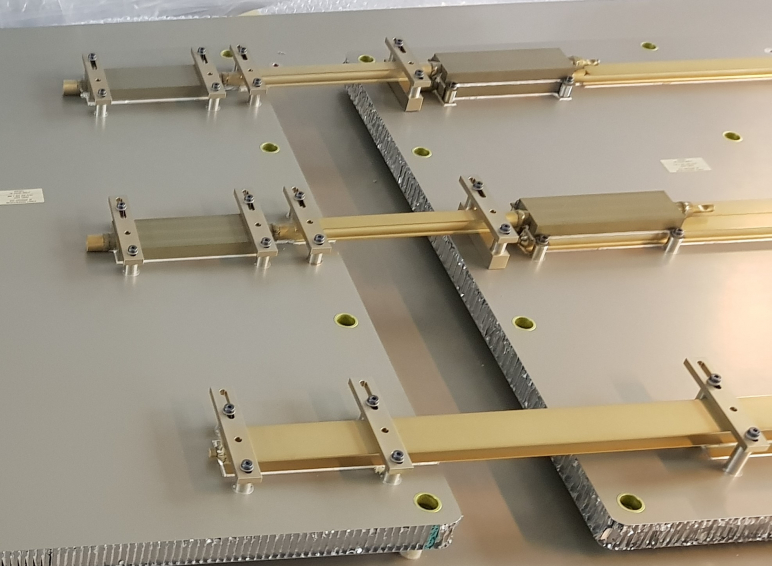-
StatusCompleted
-
Status date2020-04-20
-
Activity Code4D.026
On telecommunication applications, the Heat Pipes are used in different ways. They can collect heat from several dissipative equipment in order to either spread the heat over large radiator panel or transport heat from hot area to cold area.
Use of Direct Manufacturing technology for manufacturing heat pipes is not foreseen to improve mass or cost at piece part level. The improvement will come from an optimization between the Heat Pipe heat transport capacity and the Heat Pipe heat transfer performance. A large amount of Heat Pipes are used to transfer efficiently heat through the spacecraft. There are several ways to dissipate heat from spacecraft internal equipment’s using heat pipes. The objective of this project has been to study and develop a heat transfer technology based on Heat Pipes and the benefits of direct manufacturing technology in order to improve the standard HP performances and improve heat collection, heat transport and heat spreading. The proposed concept has been implemented in a representative configuration of dissipative payload mounted on inner spacecraft floor which reject its heat to the radiator walls.

The main challenges were:
- to identify the main requirements and potential benefits of the new technology;
- to define the new product: Additive Layer Manufacturing (ALM) Heat Pipes (HP);
- to bind the ALM parts and extruded HP parts;
- to quantify the advantage of these newly combined HP system which integrate ALM parts in classical HP;
- to identify possible applications of this improvement.
The newly assembly:
- Enables much larger interface between heat source and the HP as it incorporates spreader capabilities;
- Reduce dimensions in case of non-linear HP;
- Has better thermal performance than classical HP (overall conductivity);
- Enables more complex designs of heat transfer systems.
The product tested are two different configurations of linking between classically extruded HP and ALM HP which are compared to classical HP linking. The larger linking part between these new types of HP made by ALM and classical HP, enables larger heat exchange surface area. This explains the large benefit in terms of thermal performance. The additive manufacturing technique enables to design the ALM HP with much more possibilities: it removes some limitation due to the extrusion technique.
Three architectures were tested which involves 3 inline HP each:
- 3 classically extruded HP;
- 2 extruded in parallel at hot source, 2 at cold sink and 1 larger ALM linked HP in between;
- 1 extruded in parallel at hot source, 1 at cold sink and 1 larger ALM linked HP in between;
The following main stages have been successfully run:
- Literature survey;
- Technical requirement;
- Material and process test;
- Trader-off;
- Design;
- Manufacturing Engineering Model (EM);
- EM test;
- EM results correlation;
- Proposal for further work.
At the end of the project, concept of ALM HP have been successfully demonstrated to be useful and highly performant. The partners have benefit from a significant gain in ALM process knowledge that will enable short term consideration of this technology on flight opportunities.
Additional development activities must be performed in order to finalize some processes essentially in terms of design to costs aspects.
Several ongoing projects are looking intensively on this technology to be baselined in the thermal / mechanical architecture of the platform and / or instrument.
The actual TRL level is of 5.





